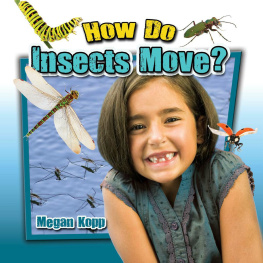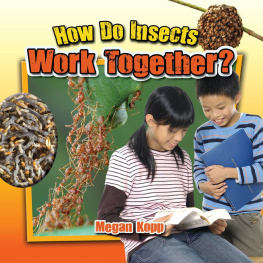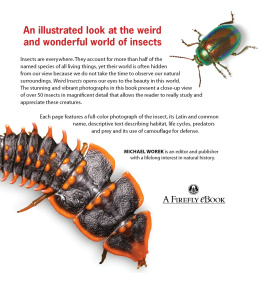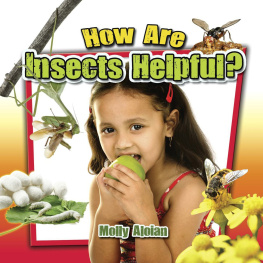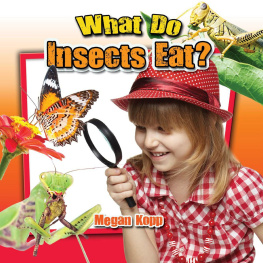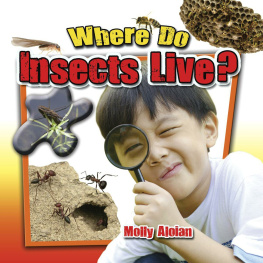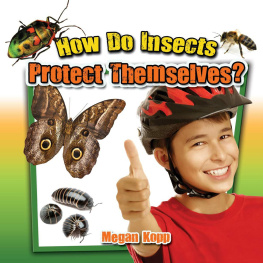
Published in Canada
Crabtree Publishing
616 Welland Ave.
St. Catharines, Ontario
L2M 5V6
Published in the United States
Crabtree Publishing
PMB 59051
350 Fifth Avenue, 59th Floor
New York, New York 10118
Published in the United Kingdom
Crabtree Publishing
Maritime House
Basin Road North, Hove
BN41 1WR
Published in Australia
Crabtree Publishing
3 Charles Street
Coburg North
VIC 3058
Crabtree Publishing Company
www.crabtreebooks.com 1-800-387-7650
Copyright 2015 CRABTREE PUBLISHING COMPANY . All rights reserved. No part of this publication may be reproduced, stored in a retrieval
system or be transmitted in any form or by any means, electronic, mechanical, photocopying, recording, or otherwise, without the prior written permission
of Crabtree Publishing Company. In Canada: We acknowledge the nancial support of the Government of Canada through the Canada Book Fund for our
publishing activities.
Author
Megan Kopp
Publishing plan research and development
Reagan Miller
Editor
Shirley Duke
Proofreader and indexer
Crystal Sikkens
Design
Samara Parent
Photo research
Tammy McGarr
Prepress technician
Tammy McGarr
Print and production coordinator
Margaret Amy Salter
Photographs
Thinkstock: Cover (girl); TOC; pgs 16, 17 21
All other images from Shutterstock
Library and Archives Canada Cataloguing in Publication
K opp, Megan, author
How do insects move? / Megan Kopp.
(Insects close-up)
Includes index.
Issued in print and electronic formats.
ISBN 978-0-7787-1970-0 (bound).--ISBN 978-0-7787-1974-8 (pbk.).--
ISBN 978-1-4271-9036-9 (pdf).--ISBN 978-1-4271-9032-1 (html)
1. Insects--Physiology--Juvenile literature. I. Title.
QL467.2.K672 2015 j595.7 C2014-907829-3
C2014-907830-7
Library of Congress Cataloging-in-Publication Data
Kopp, Megan, author.
How do insects move? / Megan Kopp.
pages cm. -- (Insects close-up)
Includes index.
ISBN 978-0-7787-1970-0 (reinforced library binding) -- ISBN 978-0-7787-1974-
8 (pbk.) -- ISBN 978-1-4271-9036-9 (electronic pdf) -- ISBN 978-1-4271-9032-1
(electronic html)
1. Animal locomotion--Juvenile literature. 2. Insects--Anatomy--Juvenile litera -
ture. 3. Insects--Behavior--Juvenile literature. I. Title.
QP301.K629 2015
595.7157--dc23
2014045635
Printed in Canada/042015/BF20150203
Synchred Read-Along Version by:
Triangle Interactive LLC
PO Box 573
Prior Lake, MN 55372
ISBN-13: 978-1-68444-573-8 (e-book)

Sharing the same parts
All insects have six legs that bend
where they meet at the joint . Their
legs come in many shapes and
sizes. Insect legs are built for how
the insect moves. Insects also
have two antennae on their heads.
Antennae are sometimes called feelers.
Almost all insects have four wings.
Grasshoppers are
built for jumping.
Butteries use their
antennae for smelling.
Some legs
match an
insects body.
antennae
wings
legs

Why do insects move?
All living things move. Some
living things can move on
their own. Insects move in
many ways. Crickets hop.
Bumblebees y. Caterpillars
crawl. Do you run or walk
away if a baseball is coming
right at you? When you are
excited, do you jump up and
down or stand still? Like
people, insects move for
many different reasons.
Many insects move
to avoid being eaten.

On the move!
Insects move to explore their environment . They move
to look for food, shelter, or to nd a mate. Sometimes
insects move to keep from being eaten by predators .
Insects also move to communicate with other insects.
Insects, such as these wasps,
move to build their homes.

